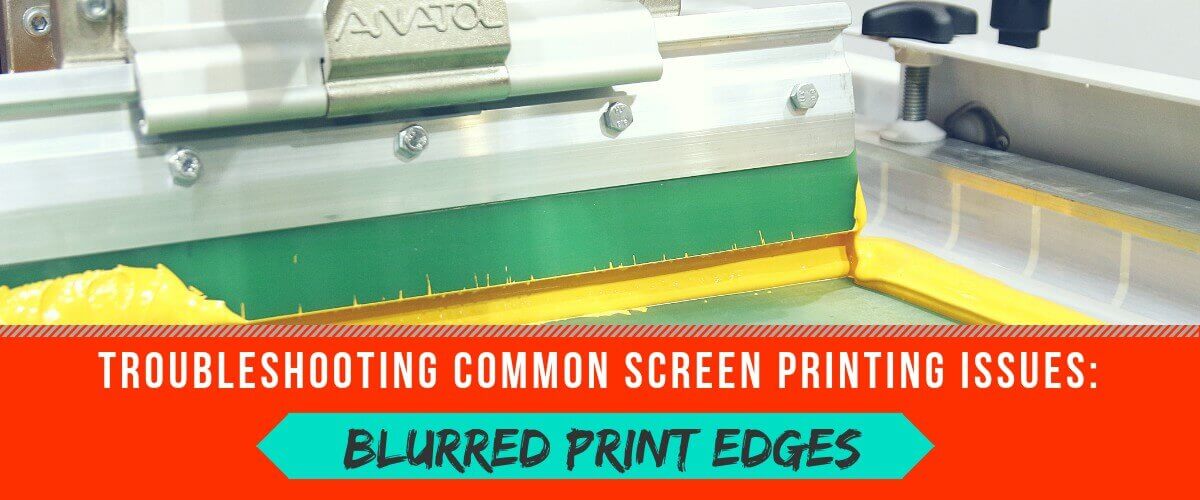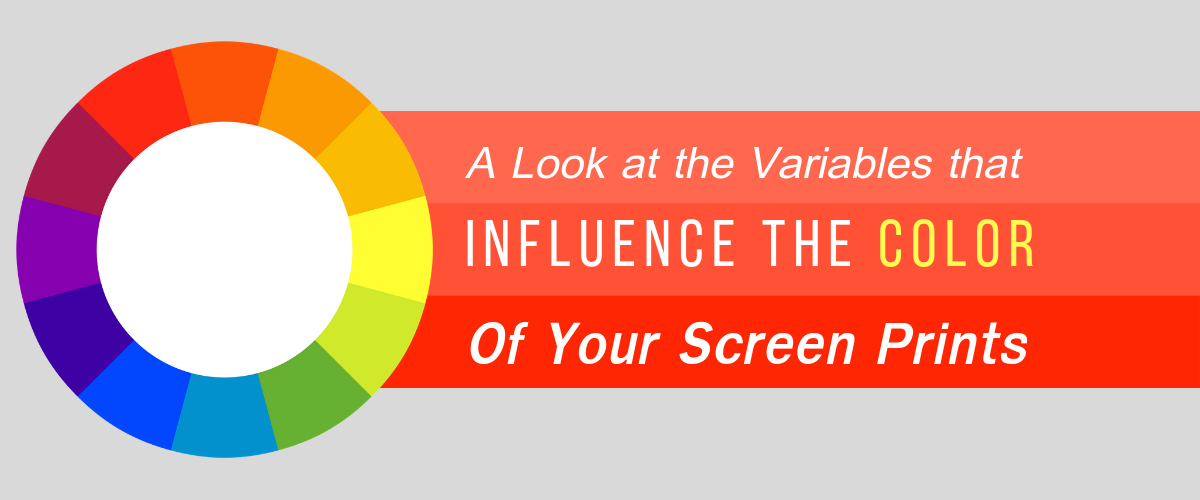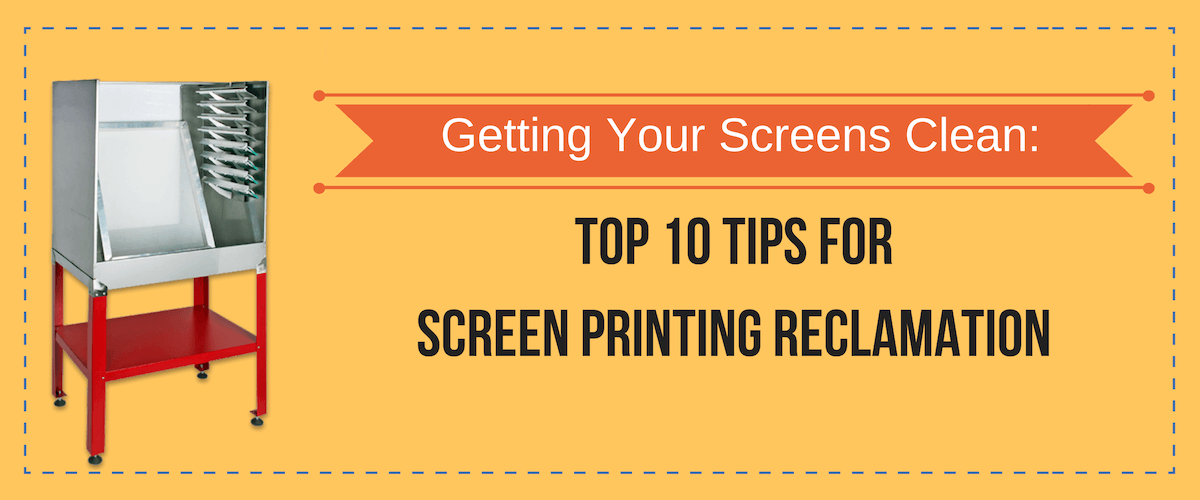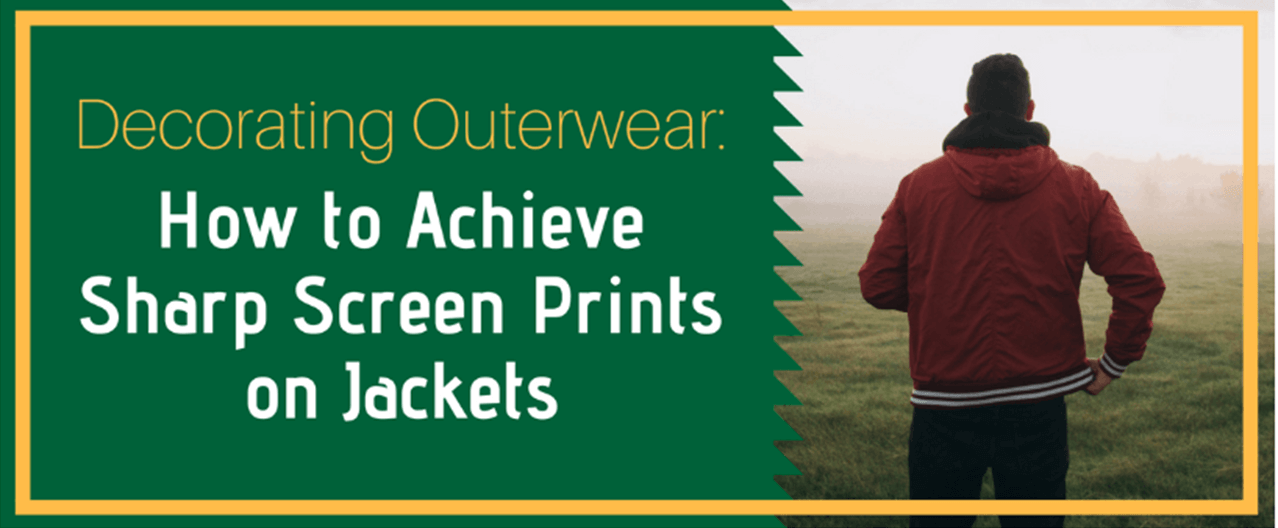

Revolutionizing the screen printing industry through cutting-edge technology and quality service
Anatol Equipment Manufacturing Co.
1429 S Shields Dr
Waukegan, IL 60085


Revolutionizing the screen printing industry through cutting-edge technology and quality service
Anatol Equipment Manufacturing Co.
1429 S Shields Dr
Waukegan, IL 60085

Mastering screen printing doesn’t mean turning out perfect screen prints every time. It does mean knowing what to do when prints don’t turn out quite the way you want them to. One common problem to troubleshoot is an uneven ink edge. When something is off in your screen printing process, the edges of your ink […]
Read more
How good are you at creating screen prints with the exact colors you’re aiming for? Are you pretty confident in your ability to reproduce the colors that you want, time and time again? If a customer came in and asked you to match a color exactly, how confident are you that you could meet the […]
Read more
Reclaiming screens is an essential task in any screen printing shop, and the success of future prints depends on your ability to reclaim screens the right way. When screen reclamation isn’t done right, you can face pinholes, premature breakdown of stencils or a shortened lifespan of your screens. In our experience, nearly any screen printing […]
Read more
Halloween is the perfect time to experiment with special effects inks, especially glow-in-the-dark ink. Glow-in-the-dark ink is a fun addition to any Halloween-themed design, but it also works great year round as an interesting accent or safety feature, or as an element for evening events like nighttime “glow” runs. As far as special effects inks […]
Read more
Every screen printer knows that the demand has grown for prints with a soft hand and, often, for prints with a more subtle look. Adding water-based screen printing to your shop’s options can help you appeal to and capture customers who want the softer look and feel of water-based inks. If you’ve never used water-based […]
Read more
We’ve said it before: A great screen print begins with great artwork. In a previous blog, we identified five common artwork mistakes that could be keeping you from getting the perfect print. Here are five more artwork mistakes to avoid in your screen printing shop. 1. Rushing the design process In a screen printing shop, […]
Read more
It’s a scenario straight from a screen printer’s worst nightmare: You send a full order of high-quality, crisp t-shirts out the door. Days pass or even weeks, and suddenly you have an unhappy customer demanding to return the order because your perfectly laid prints are now washing out of the garments.
Read more
The best screen printing results always begin with well-executed pre-press. It’s easy to think of your screen printing press as the backbone of your operation. But remember, a press can only deliver quality prints if it’s printing through quality screens. Your screens deserve as much attention as any other part of your setup, because no […]
Read more
Different jobs are suited to different printing methods – is screen printing or pad printing more suitable for your project? Screen printing is probably the most well-known process for imprinting logos and custom designs on everything from t-shirts and sports shirts to promotional coffee mugs. There’s another option for laying down ink for custom designs: […]
Read more
Looking for creative ways to break free from traditional screen prints? Give HD printing a try! High density screen printing can make any logoed or artistic print standout. Available in plastisol, gel and even water-based varieties, high density inks are laid down in a thick layer, and they cure with crisp, sharp edges to create […]
Read more
Offering customized jackets is a benefit to screen printers, but printing them has some challenges to consider! Jackets provide great opportunity for screen printers. Jackets are a popular choice to complete a work uniform, and fall, winter and spring sports teams love to have coordinating jackets to wear on the road and on the sidelines. […]
Read more
Creating and manipulating art can be one of the most time consuming parts of a screen printer’s day. Here’s how to make it easier! Where do you see a slowdown in your production process? If work isn’t flowing quickly through your screen printing shop, your business is losing time and money. While many screen printing […]
Read moreYour message was successfully sent!